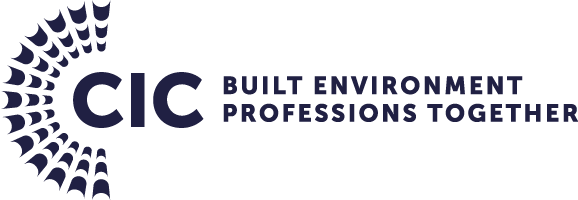Building Control Revolution: The Future Home Standard and Its Impact
In an era defined by technological advancements and a growing concern for sustainable living, the future of home construction is undergoing a transformative shift.The UK government has announced a Future Homes Standard which is taking effect in England from 2025. This will be a key part of the construction industries framework going forward. The target is to reduce carbon emissions by minimum of 75% when comparing with existing levels. The Future Homes Standard will update Part L of the Building Regulations for new homes in England This set of regulations and guidelines is designed to usher in a new era of sustainability and energy efficiency, fundamentally reshaping the way we conceive, construct, and live in our homes. In this blog, we explore the profound impact of the Future Homes Standard on building control and the far-reaching implications for the future of residential architecture.
Raising the Bar for Energy Efficiency
At the core of the Future Homes Standard is an unwavering commitment to energy efficiency. The UK has to reach net-zero carbon goals by 2050, therefore it is very important that new homes achieve greater carbon neutrality. Homes built under this standard will need to embrace innovative technologies and construction practices that prioritize a substantial reduction in carbon emissions. Traditional building materials and methods are making way for sustainable alternatives, ushering in a shift towards a greener and more environmentally conscious construction industry.
Builders and architects are now tasked with incorporating cutting-edge solutions, ranging from advanced insulation techniques to the integration of renewable energy sources like solar panels. This focus on energy efficiency not only aligns with global sustainability goals but also places building control at the forefront of a green revolution.
Smart Home Integration: A Paradigm Shift in Building Control
Perhaps one of the most notable aspects of the Future Homes Standard is the emphasis on smart home integration. Building control is evolving beyond its conventional boundaries, giving rise to homes that are not just structures but intelligent, interconnected ecosystems.
Smart thermostats, lighting controls, and automated appliances are becoming integral components of future homes. These systems work in tandem, dynamically adjusting to the needs of occupants and optimising energy consumption. This marks a paradigm shift in building control, where the emphasis is not just on static regulations but on the dynamic orchestration of smart technologies to create homes that are not only energy-efficient but also responsive to the lifestyles of their inhabitants.
Stricter Building Regulations: Necessitating Excellence in Construction
The Future Homes Standard ushers in a new era of construction excellence by introducing stricter building regulations. Architects and builders are now obligated to adhere to more rigorous guidelines, ensuring that homes meet not only aesthetic standards but also demanding criteria for energy efficiency.
Sustainable building materials are gaining prominence, and the focus on insulation and airtight construction is more critical than ever. The integration of energy-efficient windows, doors, and ventilation systems is becoming standard practice. Building control, in this context, becomes the guardian of these regulations, ensuring that each home is a testament to the commitment towards a sustainable and energy-efficient future.
Real-Time Monitoring and Adaptive Control: Empowering Homeowners
Advancements in building control technologies are empowering homeowners with unprecedented control over their living spaces. Real-time monitoring and adaptive control interfaces provide residents with insights into their energy usage, indoor air quality, and overall environmental impact. This level of control not only enhances the quality of life but also encourages responsible energy consumption.
Homeowners can remotely adjust settings, manage smart appliances, and receive insights into their energy usage patterns. This not only aligns with the goals of the Future Homes Standard but also positions building control as a facilitator of a more informed and eco-conscious lifestyle.
Addressing Challenges, Unlocking Opportunities
While the Future Homes Standard promises a future of sustainable and technologically advanced homes, it also introduces challenges. The adoption of new technologies may require substantial upfront investments, and there may be a learning curve for both builders and homeowners. However, these challenges are opportunities in disguise. The long-term benefits, including reduced energy bills, increased property value, and a positive environmental impact, far outweigh the initial hurdles.
Conclusion: Embracing the Future with Sustainable Building Control
The Future Homes Standard marks a pivotal moment in the evolution of building control. As we move toward a more sustainable future, building control is not just a regulatory framework; it is a dynamic force driving innovation, intelligence, and environmental responsibility in residential construction. Embracing the Future Homes Standard isn’t merely compliance; it’s a commitment to building homes that are energy efficient for generations to come.
Read more The Future Homes and Buildings Standards: 2023 consultation – GOV.UK (www.gov.uk)
If you would like to book a CPD or find out how the team at YDBC could help you meet the Future Homes Standard, then please contact us on 0113 372 0094 or email admin@ydbc.co.uk
.



